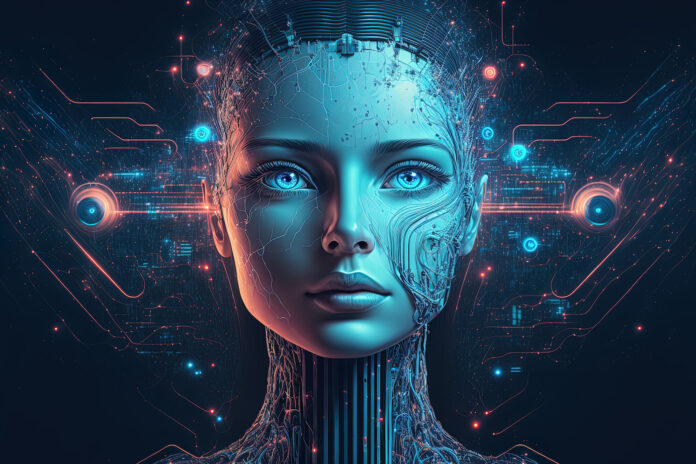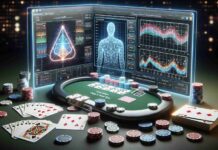In the ever-evolving landscape of technology, Artificial Intelligence (AI) has emerged as a transformative force, sparking innovations across various industries. One of the most exciting frontiers where AI is leaving its indelible mark is in the realm of creative tools.
As we stand on the cusp of a new era, AI is poised to unleash a wave of next-generation creative tools that promise to redefine the way we think about art, design, and content creation.
From generating awe-inspiring artworks to revolutionizing content production and design, AI is taking center stage, empowering creators and revolutionizing industries.
Join us as we delve deep into this AI revolution and discover how it’s reshaping the future of creative expression. Welcome to the dawn of next-gen creative tools—AI Unleashed.
The evolution of technology has always played a pivotal role in advancing human creativity. But now, we are on the brink of a revolutionary era where AI generation is set to reshape the landscape of creative tools and processes.
As AI becomes more entwined with the tools we use daily, the potential for groundbreaking creative work grows exponentially.
1. AI and Creativity: A Match Made in the Digital World
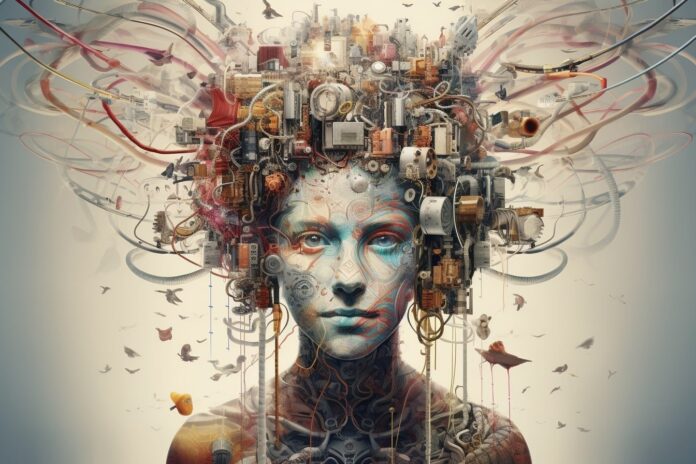
At first glance, AI and creativity might seem like opposites. Humans are often seen as the bearers of original thought, while machines follow programmed instructions. But AI is different.
Instead of just following orders, AI learns, adapts, and, in some cases, can even develop new ideas.
This ability of AI to ‘learn’ and ‘create’ has given rise to tools that can assist artists, writers, and designers in amazing ways, expanding their horizons and offering new possibilities. It’s a harmonious blend of human imagination and machine ingenuity.
2. Enhancing Artistry with AI-Powered Tools
Art has always been a reflection of the times, and now, artists have started using AI-powered tools to create masterpieces.
AI has stepped in to give artists a new set of tools, from generating unique patterns to suggesting color combinations or even composing music.
Instead of replacing the artist, these tools work alongside them, enhancing their capabilities and letting them venture into previously uncharted territories of creativity. It’s a creative collaboration where the artist and AI coalesce to produce awe-inspiring results.
3. Writing and Content Creation in the Age of AI
Content creation, be it writing articles, scripting videos, or even penning down stories, has seen a surge in the use of AI tools. AI can now assist writers in grammar tone and even suggest content based on the topic.
But it’s not just about correction and suggestions. Some AI tools can generate content from scratch, making the lives of content creators simpler and more efficient.
It’s a partnership that streamlines the creative process, allowing writers to focus on storytelling rather than mechanics.
4. Designing with Precision: AI’s Role in Modern Design Tools
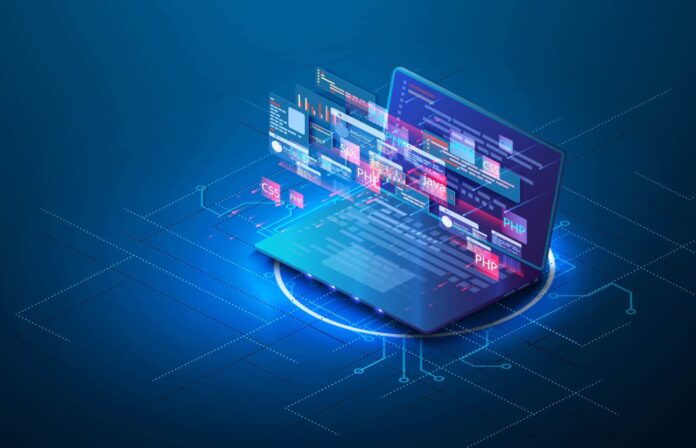
Design, with its intricate details and need for precision, can be time-consuming. But with the advent of AI, designers now have tools that can suggest layouts, create graphics, or even optimize designs for different platforms.
These tools, powered by the magic of generative AI, ensure that designers have more time for what truly matters – the actual design process, ensuring their creativity remains at the forefront. It’s a fusion of artistic vision and technological finesse.
5. Overcoming Challenges: The Balance between AI and Human Touch
While AI offers numerous advantages, it’s essential to maintain a balance. There’s a fine line between using AI as a tool and letting it overpower the human aspect of creativity.
The challenge lies in leveraging AI’s strengths while ensuring that the human touch, emotion, and originality remain intact in the final creation.
It’s about preserving the essence of human creativity while harnessing the efficiency of AI, creating a harmonious synergy between the two.
According to Adobe, “In image generation, achieving the precise visual aesthetic required for a project can be challenging.
With customizable diffusion, the creator can select what images inform the generative AI. This offers more creative control over individual images and a simpler way to apply creative choices across a body of work.”
6. Ethical Considerations in AI Creativity
As AI steps into the realm of creativity, generating content ranging from art to literature, the ethical landscape is evolving. At the heart of this discussion is the authenticity and originality of AI-generated works.
Is a piece of art still “original” if conceived by algorithms? Where does the line blur between human creativity and machine output?
Then there’s the murky water of copyright and plagiarism. If an AI software generates a musical composition, who owns the rights? The programmer, the user, or no one?
These concerns prompt vital questions about the very essence of artistry and creativity. Organizations and creators grapple with these issues, developing guidelines and best practices.
Their primary aim is to ensure that while AI augments creativity, it doesn’t dilute the sanctity and integrity of artistic expressions.
7. Real-World Examples of AI-Enhanced Creativity
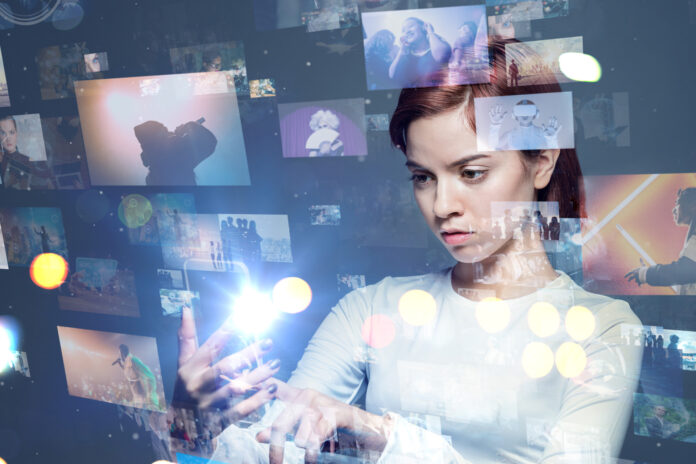
The integration of AI in art is not a futuristic concept; it’s our present. Artists like Mario Klingemann use neural networks to craft intricate artworks, pushing the boundaries of conventional art.
Similarly, the literary world witnessed “1 the Road”, a novel written using predictive text, weaving words into a narrative by an AI model.
These instances underline the transformative potential of AI in reshaping the creative landscape. Such success stories spotlight AI not as a replacement but as an amplifier, a tool enhancing the very essence of human creativity.
8. The Role of AI in Democratizing Creativity
Arguably, one of the most profound impacts of AI in the creative world is democratization. No longer is sophisticated artistry confined to those with years of training.
Platforms like DeepArt and RunwayML empower individuals, regardless of their expertise level, to craft mesmerizing artworks or designs.
By providing a canvas where algorithms act as brushes, AI is unlocking doors, allowing novices to experience and engage in creative processes traditionally reserved for seasoned professionals.
9. AI and Collaborative Creativity
Beyond individual creation, AI is a game-changer for collaborative endeavors. In a world that’s increasingly digital, tools like Google’s Magenta facilitate collaborative art, music, and design projects, blending human intuition with AI prowess.
Such platforms optimize remote collaborations, breaking geographical barriers and enabling real-time idea generation, feedback, and refinement.
The essence is clear: AI isn’t just a solo player; it’s a maestro orchestrating a symphony where artists from diverse backgrounds converge, brainstorm, and co-create.
With AI’s foray into the creative sphere, boundaries are dissolving. Ethical discussions, real-world implementations, democratization, and collaborative endeavors collectively paint a picture: a world where AI and human creativity don’t compete but complete each other.
Conclusion

The dawn of next-gen creative tools powered by AI promises an exciting future for creators worldwide. As technology evolves, the fusion of human ingenuity and machine precision paves the way for groundbreaking works.
However, as we embrace these advancements, it remains crucial to champion the human spirit’s irreplaceable essence in the realm of creativity, ensuring that the heart and soul of artistry remain undeniably human.

